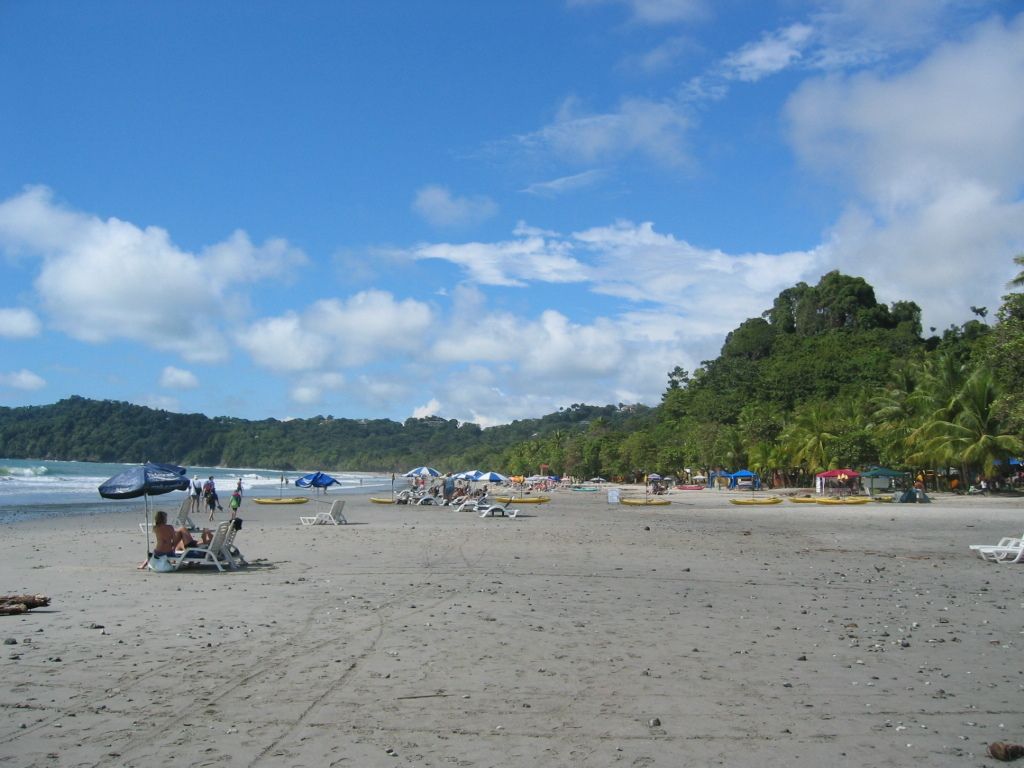Vietnam Set to Export First Shipment of Low-Carbon Rice
Ha Noi - Get ready for some top-notch eco-friendly rice hitting the export market on June 5! The first shipment, destined for Japan, is a triumphant venture for the rice industry and the initial fruit of the 'Sustainable development of one million hectares of high-quality, low-emission rice associated with green growth in the Mekong Delta by 2030' project.
It's a major milestone in the development of the Vietnamese rice brand, targeting high-end markets with tight carbon emission standards. The 'Green and low-emission Vietnamese rice' trademark isn't just a gimmicky label - it's a promise to uphold environmental and social standards.
Buì Bá Bổng, Chairman of the Việt Nam Rice Industry Association (VIETRISA), shared that this step is a strategic move towards building an eco-friendly rice brand. On the other hand, Permanent Vice Chairman and General Secretary of VIETRISA, Lê Thanh Tùng, stated that VIETRISA will issue certificates for the 'Green and low-emission Vietnamese rice' to maintain transparency and credibility.
In the absence of a national certification system for low-carbon rice, enterprises are currently allowed to self-declare their eco-friendly rice brands. Seven enterprises, contributing to 19,200 tonnes of rice, have been granted the right to use this trademark by VIETRISA, in collaboration with the TRVC Project.
Trung An Company, in conjunction with Japan's MURASE Group, will be the first to export rice under this trademark to the Japanese market.
The one-million-hectare project has had positive effects on two primary groups: rice farmers and the rice grain itself. The project's ambitions include maintaining food security, meeting nutritional needs, boosting farmer incomes, preserving the environment, reducing emissions, and sustaining export capabilities.
This eco-friendly push has been urged on by the Ministry of Agriculture and the Environment, and VIETRISA has responded promptly to support the project. To qualify for the certification, enterprises and cooperatives must ensure traceability, following technical protocols set by the Department of Crop Production and Plant Protection.
"We're kicking off the development of the 'Green and low-emission Vietnamese rice' trademark, but it'll take until 2028 to complete the payment, measurement, and valuation mechanisms," Tùng explained.
Longstanding rice farming practices have engendered concerns about environmental impact, greenhouse gas emissions, and sustainability. The 'Green and low-emission Vietnamese rice' initiative tangles together environmental stewardship, economic growth, and expanding markets as it paves the way for a more sustainable future for Vietnam's rice industry and beyond. - BuzzHub/VNS
A farmer at work during rice harvest season in the Mekong Delta. - VNA/VNS Photo Thanh Liêm
[ENRICHMENT DATA]The 'Green and Low-Emission Vietnamese Rice' trademark signifies Vietnam's commitment to sustainable rice production, particularly in the Mekong Delta. It's a crucial part of a broader strategy to cultivate one million hectares of high-quality, low-emission rice by 2030, focusing on green growth and reducing environmental impact[5].
Environmental benefits include reduced greenhouse gas emissions via techniques such as balanced fertilizers, improved irrigation systems, and better straw management, which also boost soil quality and resilience against climate change[5]. Economic advantages include increased market competiveness, premium pricing for farmers, and expanding Vietnam's export markets[2][3]. The trademark facilitates the export of sustainable rice, supporting Vietnam's economic goals and promoting sustainable agriculture globally[3][4]. Quality and traceability are ensured, crucial for mitigating origin fraud and ensuring the authenticity of products[1].
- By 2030, the goal is to cultivate one million hectares of high-quality, low-emission rice, a move that aligns with the broader strategy of reducing environmental impact.
- The 'Green and Low-Emission Vietnamese Rice' trademark, a crucial part of this initiative, signifies Vietnam's commitment to sustainable rice production and economic growth, while expanding markets for eco-friendly rice.
- In order to maintain transparency and credibility, VIETRISA will issue certificates for the 'Green and Low-Emission Vietnamese Rice,' ensuring quality and traceability, crucial for mitigating origin fraud and ensuring authenticity of products.
- The environmental benefits of this initiative are substantial, with techniques such as balanced fertilizers, improved irrigation systems, and better straw management reducing greenhouse gas emissions, enhancing soil quality, and increasing resilience against climate change.
- The AI-driven finance industry could potentially support this sustainable agriculture movement by offering loans to farmers who adopt green farming practices, helping to drive further adoption of low-emission rice production and contributing to the global effort toward combating climate-change.




